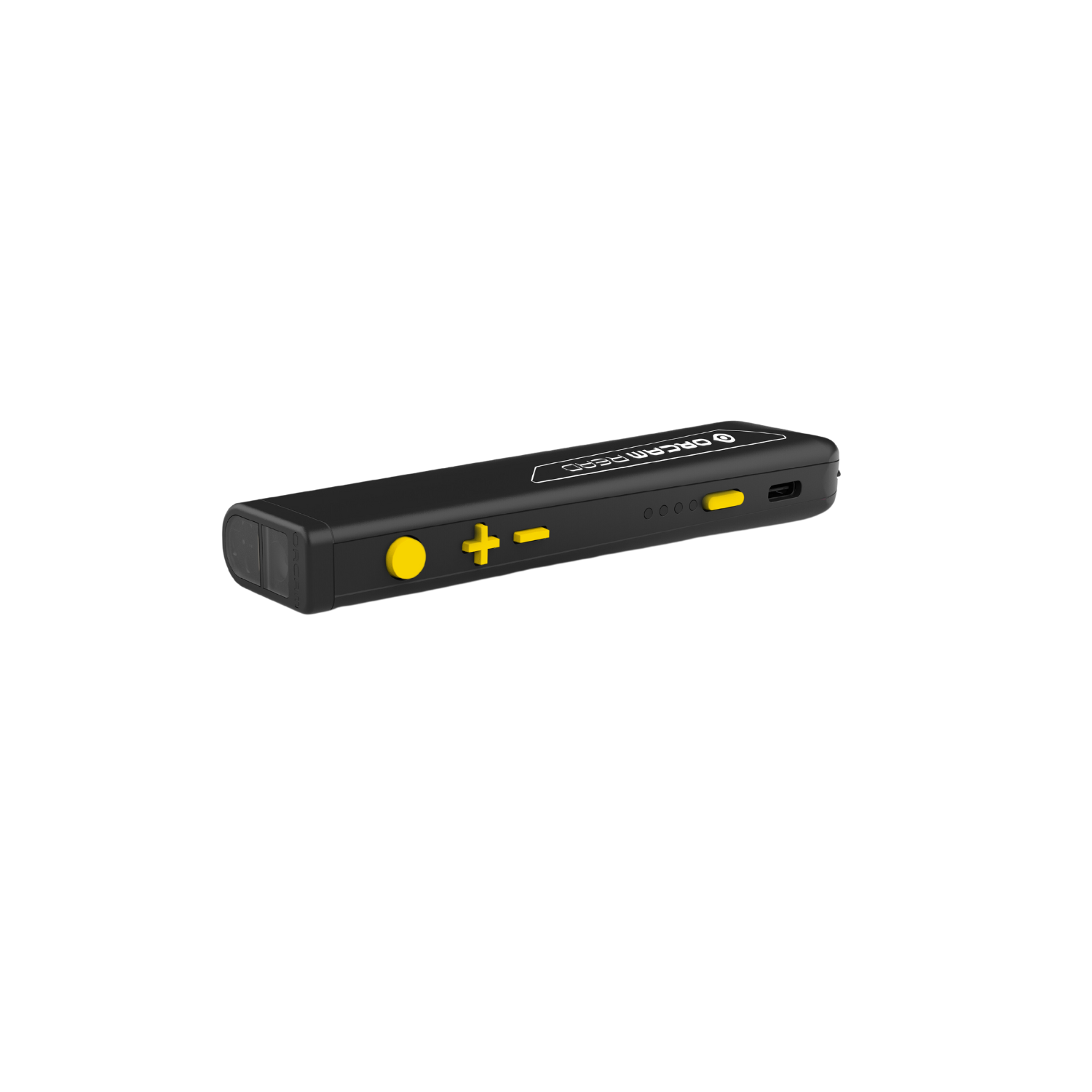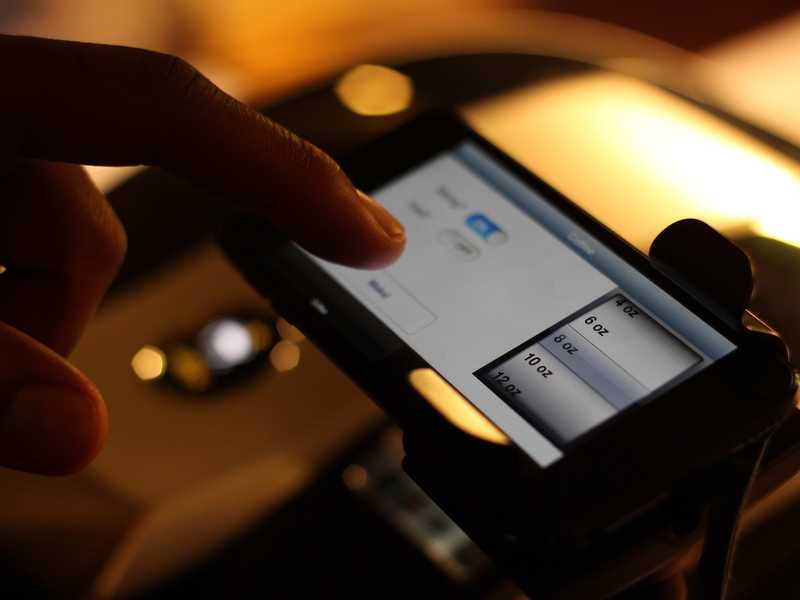Enhancing Lives With Advanced Assistive Instruments for the Blind
The integration of innovative assistive devices for the blind is transforming exactly how individuals experience their environments and connect with their areas. What does this advancement suggest for the future of assistive innovation and its function in empowering people?
Summary of Assistive Gadgets
Assistive gadgets for the blind incorporate a varied variety of devices and technologies developed to enhance independence and improve the lifestyle for people with aesthetic problems. These gadgets accommodate numerous needs, from navigation and flexibility to communication and daily task monitoring.
One of the key groups of assistive gadgets consists of mobility aids, such as white canes and overview dogs, which assist customers browse their surroundings safely. Electronic traveling aids, equipped with sensing units and audio responses, additionally play a significant function in mobility improvement.
Additionally, gadgets that help with daily living tasks, such as adaptive kitchen area tools, Braille tags, and speaking watches, encourage people to do jobs separately. Interaction help, consisting of screen viewers and Braille screens, assist in access to information and enable people to involve successfully with the digital world.
In addition, low-tech solutions like magnifying glasses and large-print products remain vital for several customers. Collectively, these assistive gadgets offer not just as practical devices yet also as crucial enablers of autonomy, promoting greater involvement in a world that frequently focuses on sighted experiences. Their integration right into day-to-day live is vital for advertising inclusivity and boosting overall well-being for those with aesthetic disabilities.
Cutting-edge Technologies being used
Innovation in technology has significantly changed the landscape of devices available for individuals with visual disabilities. Amongst one of the most remarkable innovations are clever glasses integrated with augmented fact, which give real-time navigation help and item acknowledgment. These gadgets take advantage of advanced cameras and expert system to provide auditory cues, improving the user's spatial awareness and freedom.
Additionally, mobile applications have actually emerged as effective sources, enabling individuals to recognize currency, checked out message aloud, and browse unfamiliar settings through spoken guidelines. Devices such as Braille display screens and refreshable Braille devices remain to advance, offering smooth connectivity with computer systems and mobile phones, thus enhancing communication and accessibility to information.
Wearable modern technology, consisting of smartwatches geared up with voice-activated attributes, even more empowers individuals by promoting fast access to notices and alerts without needing aesthetic involvement. Responsive maps and 3D printing are likewise acquiring grip, using substantial representations of spaces that help in positioning and wheelchair training.
Jointly, these ingenious innovations not just boost the day-to-days live of visually impaired individuals however likewise foster higher independence, inclusivity, and involvement with the broader area, thereby reshaping understandings of access. (Screen readers for the blind)
Individual Stories of Empowerment
Empowerment frequently arises from individual experiences that highlight the transformative impact of innovation on individuals with visual disabilities. Take, for instance, the story of Sarah, a young artist that regained her enthusiasm for paint with making use of a wise walking cane outfitted with obstacle detection. This tool not just facilitated her movement but instilled a newly found self-confidence, allowing her to navigate public spaces individually and seek her innovative undertakings.

These stories highlight the extensive results that progressed assistive devices can carry every day life. By enabling people to overcome obstacles, technology promotes a feeling of freedom and self-respect. Such empowerment stories function as a testament to the potential of advancement, highlighting how the right devices can considerably boost top quality of life and open doors to brand-new possibilities for those with aesthetic problems.
Benefits of Advanced Solutions
Exactly how can advanced services fundamentally improve the lives of people with aesthetic impairments? The combination of cutting-edge modern technology right into assistive tools dramatically transforms day-to-day experiences for those influenced by vision loss. These advanced services offer unprecedented best eye doctor near me walk in autonomy, making it possible for users to browse their atmospheres with self-confidence. Devices such as wise canes furnished with sensing units, navigation apps, and wearable modern technology are designed to provide real-time feedback, improving spatial awareness and decreasing the dangers linked with flexibility.
In addition, progressed assistive technologies foster social addition by facilitating interaction and communication. Voice-activated gadgets and apps enable individuals to accessibility info and involve with their environments individually, damaging barriers that formerly prevented their participation in educational, professional, and social setups.
Furthermore, the modification and adaptability of these services satisfy the varied demands of users, consequently enhancing their total lifestyle. Boosted performance, such as things acknowledgment and text-to-speech capabilities, empowers people with visual disabilities to perform tasks that they might have as soon as discovered testing. Inevitably, advanced assistive modern technologies not only enhance freedom and safety and security but also promote self-respect and self-respect, enabling individuals to lead meeting lives.
Future Fads in Assistive Tech
As technology remains to evolve, the landscape of assistive devices for the blind is poised for remarkable innovations that will additionally improve availability and independence. Arising fads in assistive innovation show a change towards boosted assimilation of synthetic intelligence (AI) and equipment learning, making it possible for devices to adapt to individual user needs in real-time. These technologies are expected to promote more instinctive navigating systems that can recognize obstacles and offer audio responses, significantly improving exterior mobility.
In addition, the development of wearable tech, such a fantastic read as clever glasses geared up with increased truth, will certainly allow users to receive contextual information concerning their environments, thus enriching their spatial recognition. Moreover, innovations in haptic innovation guarantee to produce responsive feedback devices, allowing users to view info through touch, boosting learning and communication with their atmosphere.
Telecommunication developments next page are additionally leading the method for remote assistance options, where qualified professionals can provide assistance by means of video clip calls, making certain assistance is conveniently accessible. As these trends unravel, the future of assistive tools for the blind will certainly foster higher autonomy, encouraging individuals to navigate their world with confidence and simplicity.

Final Thought
The integration of sophisticated assistive tools for the blind represents a considerable advancement in promoting freedom and enhancing lifestyle. By utilizing cutting-edge technologies, these devices empower individuals to navigate their settings with greater self-confidence and autonomy. As the field remains to develop, continuous research and advancement will likely generate even a lot more innovative services, even more transforming the lived experiences of individuals with visual problems and advertising a better sense of inclusion within culture.
The integration of sophisticated assistive gadgets for the blind is changing how individuals experience their surroundings and engage with their neighborhoods. The combination of cutting-edge innovation into assistive gadgets dramatically changes day-to-day experiences for those affected by vision loss.As modern technology proceeds to develop, the landscape of assistive tools for the blind is poised for exceptional advancements that will certainly additionally boost availability and self-reliance. Arising fads in assistive technology indicate a shift toward increased integration of man-made intelligence (AI) and maker knowing, allowing tools to adapt to individual customer requires in real-time.The integration of advanced assistive devices for the blind represents a considerable development in promoting freedom and enhancing top quality of life.